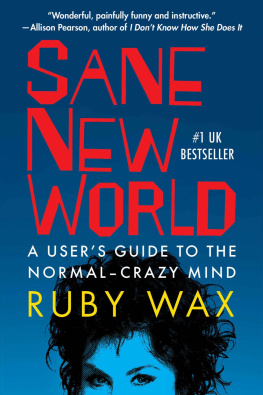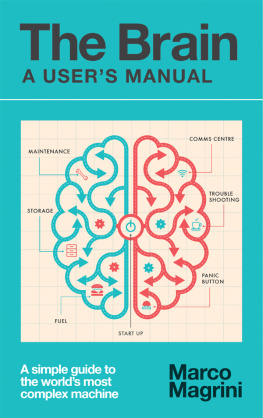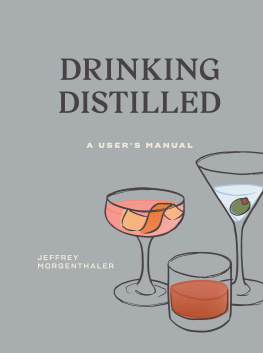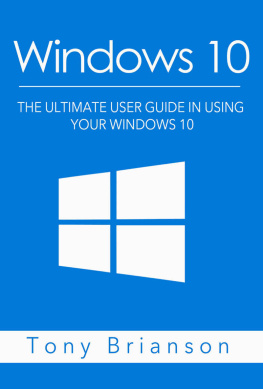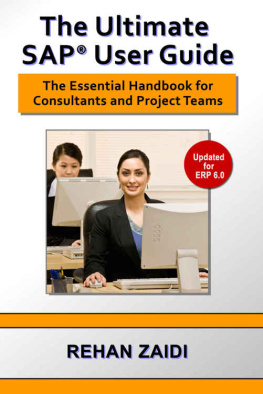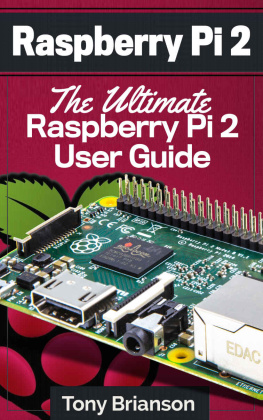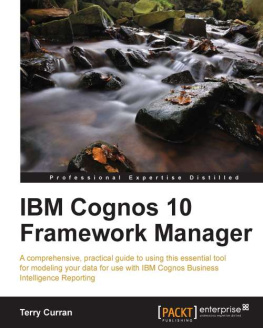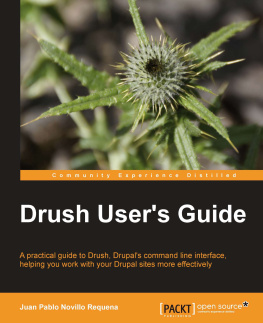Copyright 2016 Eggs and Toast Media, LLC
All rights to text and images reserved.
Publication Date: October 2016
ISBN: 978-0-9981030-1-3
Editors: Melissa Caminneci and Lainie Petersen
Photography: Grant Komjakraphan
Layout & Cover Design: Sandra Friesen
Tea: A Users Guide is the most up-to-date and factual guide to specialty tea. This volume presents an extensively peer-reviewed framework for navigating the world of tea whether you are just embarking on your tea journey or whether you have been drinking tea your entire life.
In this book, youll discover:
- How tea is grown and processed.
- How so many tea products are derived from a single species of plant.
- What chemical changes occur in tea leaves during processing.
- How 130 famous teas from around the world are classified.
- How to expertly prepare and evaluate tea.

Tony Gebely is a thought leader in the American tea industry and lifelong student of tea. He has worked in all aspects of the tea industry including sourcing, blending, business strategy and marketing. His award-winning website, World of Tea (www.worldoftea.org) was the inspiration for this book.

Eggs and Toast Media
Introduction
This book is the result of my 10 years as a student of tea. Tea is one of those subjects where the more you learn, the less you know. Because of this, I vowed not to write this book in a vacuum. Rather, core ideas were shared with readers of World of Tea (www.worldoftea.org), and with the help of feedback I refined these ideas. Finer points were tested by extensive peer review.
Before we dive in, there is a bit of stage setting to do. This book isnt about all tea. Its about specialty tea. Specialty tea production prioritizes quality over quantity. Teas that fall beneath the specialty moniker exhibit a diversity in flavor that cannot be matched by coffee or even wine. Yet most of the world is only familiar with commodity teaproduction that prioritizes quantity over quality. This is the cheap black tea (sold in individual tea bags) that most consumers know. The goal of this book is to celebrate the diversity of fresh, complex loose-leaf specialty teas.
Youll also notice that there are very few mentions of tea culture within this reference. Early on while writing this manuscript, I realized that by separating tea culture from objective tea study, we are left with a much better framework for tea education. Its much easier to learn about the tea itself and add color with culture later. This is a book about tea and only tea; there arent any mythical stories, lengthy descriptions of preparation methods or even recipes for cooking with tea. This book strictly covers the journey of tea leaves from the field to the cup. I hope that youll use it as a reference throughout your tea journey.
How to Use This Book
In this book youll learn how tea is grown, harvested and processed into different tea types. You will also learn how to prepare tea properly at home; youll gain a foundation of knowledge that will allow you to steep any tea and achieve desirable results.
In part one, well discuss the chemical properties of tea as it is propagated, harvested and processed. In part two well classify tea into six categories, building on information learned in part one. In part three well get to tea preparation and evaluation, the most important part of our tea journey.
Before we begin with part one, I want to give you an overview of my classification methods. The following pages also serve as an introduction to the romanized names that well be using in the book.
A Lumper View of Classification
In any discipline that requires placing things into categories, there are generalists and specialists. I like to call these two factions lumpers and splitters. In general, lumpers prioritize similarities over differences and splitters prioritize differences over similarities. Tea snobs thrive on the splitter mentality; they point out differences in things in order to make themselves feel smarter than the average person. Splitters love to say things like its more complicated than this! or there are no absolutes in tea! And while they may be right, I dont believe that the splitter mindset has any place in a beginners tea education.
The content in this book represents a lumper view of tea classification. We will be working with seven main categories of tea, each defined by the unique steps they go through in processing. There is much more to be learned after understanding these general categories, but I caution the curious reader to not lose the real beauty of tea by becoming a tea snob. One of the most important parts of tea is the personal experience, and thats something that cant always be defined or learned.
On Proper Romanization
In the Western world, most tea terminology is badly romanized from Eastern Languages. I have taken great care to use standard Romanization methods to transliterate tea terms in this book. Romanization refers to the transliteration of any writing system to the Roman alphabet.
It is important to understand the difference between transliteration and translation. Transliteration tells us how to say the other languages word using our own writing system. Translation gives us a word in our own language that means the same thing as the other languages word.
Most words used in the tea industry today were romanized in one of three ways:
- They were properly romanized via a standard romanization system
- They were romanized using older, non-standard romanization systems
- They were haphazardly transliterated by traders before romanization systems were in place, often from local dialects
Chinese, Japanese and Korean are languages made up of characters that represent a mix of ideas and spoken syllables, and we romanize these languages by expressing the spoken syllables with the Roman alphabet (our ABC s). Lets take as an example, the Chinese and Japanese character that translates to tea in English: that translation is not an accurate transliteration! The vast majority of Asian cultures do not pronounce the word that way; the Mandarin pronunciation of in the Roman alphabet is actually cha.
Then where did the word tea come from? You may notice that a bunch of languages have words for that sound like cha and a bunch of languages have words for that sound like tea. That is because there are many dialects of Chinese; te is the pronunciation of cha in Southern Fujians Amoy dialect. It is believed that early Dutch and English tea traders wrote down what they heard in their own language, giving us tea. So translates to tea in English due to bad romanization of a particular dialect in the past, even though the generally accepted transliteration is cha.
The Word Tea in Many Languages
| Languages with cha words | Languages with te words |
| Language | Word | Language | Word |
| Chinese | Ch | English | Tea |
| Hindi |



